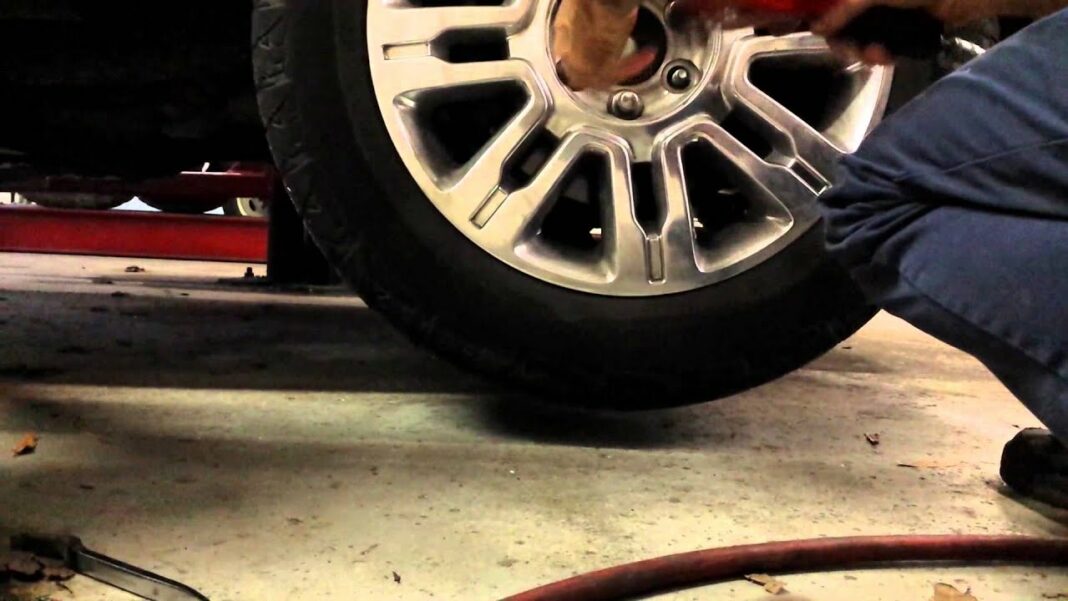The 2010 Ford F-150 is a powerful and reliable pickup truck that has been a favorite among truck enthusiasts for years. However, one common issue that many 2010 Ford F-150 owners experience is a tire pressure sensor fault.
The tire pressure sensor is a small device that is mounted on each wheel of the truck and monitors the air pressure in the tires. It sends this information to the truck’s computer, which alerts the driver if there is a problem with the tire pressure. If there is a tire pressure sensor fault, the driver will receive a warning light on the dashboard indicating that there is an issue with the tire pressure.
The most common cause of a tire pressure sensor fault in the 2010 Ford F-150 is a low battery in one or more of the sensors. The sensors use a small battery to transmit the tire pressure information to the truck’s computer. If the battery is low, the sensor may not be able to communicate with the truck’s computer, causing the warning light to come on.
Another cause of a tire pressure sensor fault is a malfunctioning sensor. The sensors can become damaged or fail over time, leading to inaccurate readings or a complete failure of the sensor. In some cases, the sensors may need to be replaced to fix the issue.
If you experience a tire pressure sensor fault in your 2010 Ford F-150, it is important to have it addressed as soon as possible. Driving with low tire pressure can be dangerous and can lead to tire failure, which can result in a loss of control of the vehicle. Additionally, driving with the warning light on can be a distraction and cause unnecessary anxiety.
To fix a tire pressure sensor fault in the 2010 Ford F-150, the first step is to have the tire pressure checked to ensure that there is no actual problem with the air pressure in the tires. If the tire pressure is correct, the next step is to have the sensors checked for battery life and functionality. In some cases, the sensors may need to be replaced to fix the issue.
In summary, a tire pressure sensor fault in the 2010 Ford F-150 can be a frustrating issue for owners. If you experience this problem, it is important to have it addressed as soon as possible to ensure your safety on the road. By having the sensors checked and replaced if necessary, you can keep your truck running smoothly and avoid potential safety hazards.






























